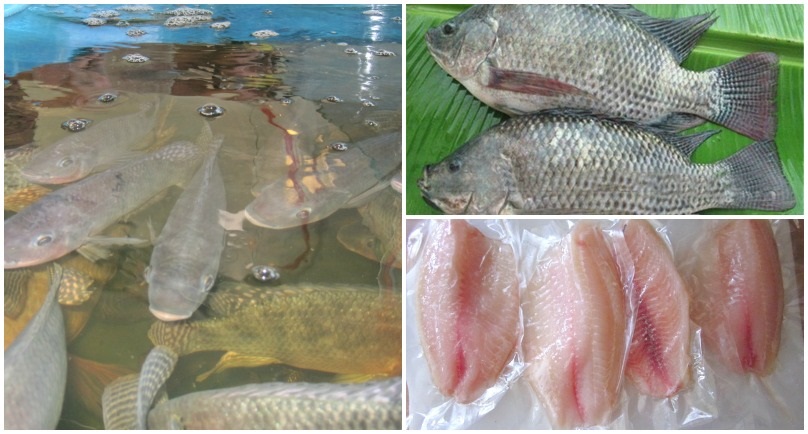By Samantha Semoso – EMTV Online
According to the National Fisheries Institute, Tilapia has climbed its way up to become the fourth most eaten seafood in the U.S., behind only shrimp, salmon and canned tuna.
Mike Picchietti, President of Americas Tilapia Alliance, believes the fish’s popularity comes from the fact that it’s easy to farm, so it’s inexpensive and it goes down easy.
“This fish (Talapia, as Papua New Guineans pronounce it), gives you a lot of leeway to farm. It’s a very hearty variety that is adaptable to different types of feed. It tastes pretty good too,” he says.
It’s cheap, easy to find, and its fish – so it’s good for you, right?
Maybe not. There are some disturbing allegations about the fish, and one is particularly surprising. Some nutritionists have been touting a study that they imply that eating tilapia is worse than eating bacon.
Researchers at the Wake Forest University School of Medicine released a study comparing fatty acid levels among popular fish. It found that tilapia contained far less omega-3 fatty acid than other American favourites, such as salmon and mackerel. According to the paper, salmon also has a “more favourable” omega-3 to omega-6 ratio.
While both fatty acids are important, omega-3 has anti-inflammatory properties that play a critical role in brain development and cognitive function and may prevent diseases like diabetes and Alzheimer’s.
The report said that the “inflammatory potential of hamburger (80 per cent lean) and pork bacon is lower than the average serving of farmed tilapia (100 g).”
That set off alarm bells among nutritionists.
The report caused further concern when it stated that farmed tilapia contains high levels of arachidonic acid, an omega-6 fatty acid that, while necessary to help repair damaged body tissues, has been linked to brain disorders like Alzheimer’s disease and may exacerbate inflammation.
Dr. Floyd Chilton, the professor of physiology and pharmacology who directed the Wake Forest study, says the comparison of tilapia to pork bacon was taken out of context.
“We never intended to paint tilapia as the cause of anything bad. Our goal was to provide consumers with more information about their fish,” Chilton said.
“If your doctor or cardiologist is telling you to eat more fish, then you should look for varieties that have higher levels of omega-3 and avoid those with high inflammatory potential.”
The truth is, tilapia has as much omega-3 as other popular seafood, including lobster, mahi-mahi and yellowfin tuna. Tilapia is also very low in fat. A 4-ounce serving of tilapia has about one gram of saturated fat, 29 grams of protein and around 200 mg of omega-3.
By comparison, a 1-ounce serving of bacon (about four strips) contains 4 grams of saturated fat, 10 grams of protein and 52 mg of omega-3.
So people may not want to eat tilapia every day, but that doesn’t mean it has to be avoided altogether, nutritionists say.
“I tell my clients not to just eat one type of fish, no matter what, to reduce your risk of contamination,” says registered dietitian Melainie Rogers, founder of Balance Nutrition, a treatment centre specialising in eating disorders in New York City. “Not all fish have the same fatty acid profile, but tilapia in moderation is fine. It has lower cholesterol than red meat – plus it’s easy to cook.”


